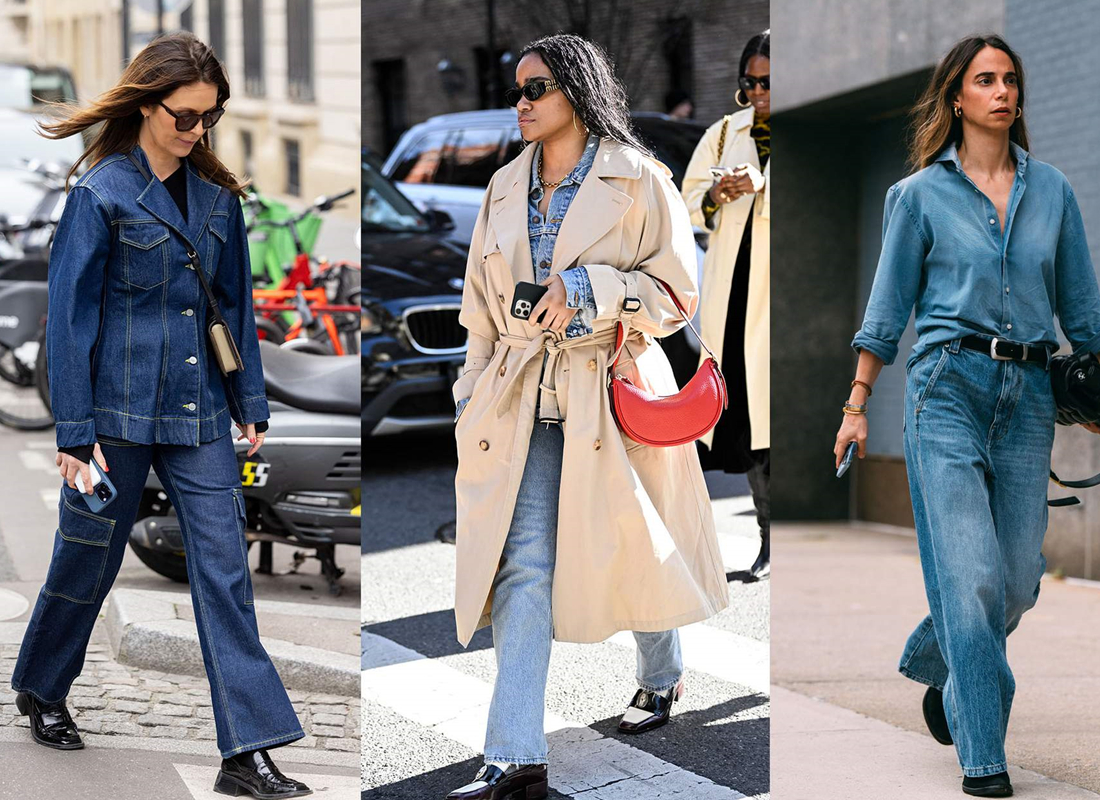
The roots of transseasonal fashion lie in the desire for adaptability. In an era where climate change affects weather patterns, the need for clothing that transitions seamlessly between seasons has never been more critical. Designers are now prioritizing fabrics that offer breathability and warmth, allowing garments to be layered or worn alone as needed. This versatility not only caters to diverse climates but also encourages consumers to invest in fewer, high-quality pieces that can be styled in various ways.
When considering transseasonal pieces, key elements such as color, fabric, and silhouette play a significant role. Neutral tones and earthy shades are particularly popular, as they can easily be paired with other items in a wardrobe. Fabrics like lightweight wool, cotton blends, and technical materials are favored for their ability to provide comfort across different temperatures. Additionally, silhouettes that allow for layering, such as oversized jackets or tailored trousers, enhance the functionality of the garments.

For consumers, embracing transseasonal fashion requires a shift in mindset. Rather than following fast fashion trends that emphasize seasonal changes, individuals are encouraged to curate a timeless wardrobe that emphasizes quality and versatility. Investing in transseasonal pieces means selecting items that can be styled in multiple ways, making them suitable for various occasions. A well-chosen transseasonal wardrobe can reduce the need for frequent shopping, ultimately leading to a more sustainable lifestyle.
The rise of transseasonal fashion is also closely linked to the growing awareness of environmental issues within the fashion industry. As consumers become more conscious of their purchasing decisions, they are increasingly drawn to brands that prioritize sustainability. By focusing on transseasonal collections, brands can reduce waste and promote responsible consumption. This alignment with ethical practices not only appeals to eco-conscious shoppers but also sets a new standard for the industry.
As the concept of transseasonal fashion continues to gain traction, it is essential for both designers and consumers to embrace its principles. By prioritizing versatility, quality, and sustainability, the fashion industry can move towards a more responsible future. Consumers have the power to influence this shift by supporting brands that align with their values and by making thoughtful choices in their wardrobes. Ultimately, transseasonal fashion represents a forward-thinking approach that meets the needs of modern consumers while honoring the planet.
